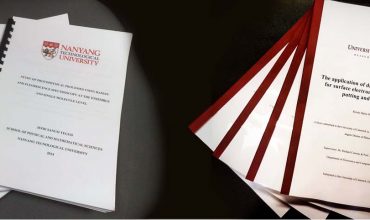Every scientific journal tries to be seen by researchers. The solution is to get listed by institutes and publishers which make some lists of journals and introduce them to the scientific society. One of these institutes making a list of qualified journals is ISI, which stands for “Institute for Scientific Information”. The journal which gets to place in its list is called an “ISI Journal”.
The list is a combination of journals from different countries, with different languages, and in different fields of study. There are both open access and closed access (subscription) journals, too.
The following table shows the portion of each region for the ISI journals:
| Percentage | Region |
| 64.48 | western Europe |
| 28.59 | America |
| 3.88 | Asia |
| 2.06 | Europe |
| 0.57 | south/central America |
| 0.42 | Africa |
Among all the institutes and publishers listing journals, ISI is a most valid list in terms of journals’ quality. The list is also ordered based on the quality of journals i.e. the first place is of the highest quality.
How does ISI evaluate the quality of a journal in order to list it?
The more a journal has been seen, the more valid it is.
The question is how we would understand how much a journal has been seen? And the answer is by the number of citations it gets.
So a journal is evaluated by its published papers.
Logically, papers published in ISI journals are of high quality. So if you get to publish your paper in an ISI journal it would be more valid in academic society and would get more citations from other research papers which makes your research paper more valid itself. The action is a cycle.
There is an institute called JCR which stands for “Journal Citation Report”. JCR dedicates a number to each qualified journal which shows the average citations it has got during the past two years. This number is called “Impact Factor”. We have been written a comprehensive article on it in “what is the impact factor?”.




